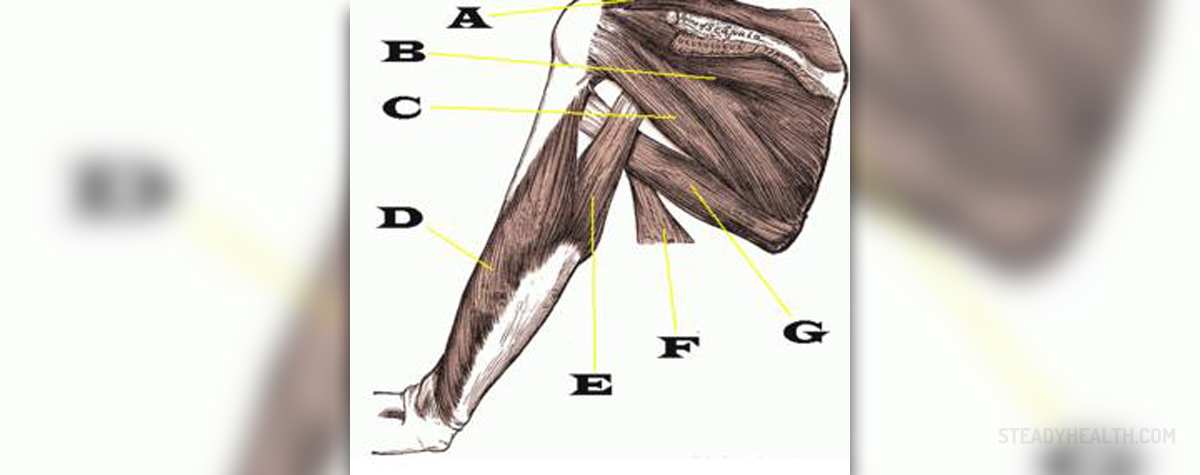
Anatomy of the Knee
In order to understand all the injuries and disorders whichmay affect the knee, one needs to be well informed on the actual anatomy ofthis part of the human body. The joint has an articulation between the tibiaand the femur and another one between the patella and the femur. It is rathercomplicated since it is a pivotal hinge joint and it is the biggest one in thehuman body. The knees are constantly under a lot of weight and pressure so theyare very prone to various acute injuries and medical conditions such asosteoarthritis. There are three main functional compartments of the knee andthose include the patella, the patellar groove located on the frontal side ofthe femur and the lateral and medial femorotibial articulations which are incharge of linking the femur with the tibia. The knee joint contains synovialfluid inside the joint capsule. The femur has two articular bodies and thoseare medial and lateral condyles. The tibia also has its own condyles but theyare a little bit different because they are separated by the intercondylareminence. The intercondylar eminence consists of medial and lateral tubercle.Patella has a medial and lateral surface on its posterior surface and isinserted into the thin anterior wall of the knee joint capsule.
Statistical Data
There are a large number of Americans who suffer fromvarious different types of musculoskeletal symptoms. These symptoms are on thesecond place on the list of reasons for physician visits and out of alldifferent types of musculoskeletal symptoms knee injuries are the mostprevalent. According to official data, there are 12 million visits to thephysician due to knee problems each and every year. There are almost 440million days of work lost by the American workers each year and all because ofvarious different types of musculoskeletal injuries.
Disorders and Injury
Painful sensations in the knee can be triggered by numerousdifferent types of factors and causes but the most common ones include thepatellofemoral syndrome, arthritis, degeneration, misalignment and trauma. Inmost minor cases, the pain can easily be treated at home by applying some iceto the affected areas and resting a lot, but serious injuries can usually beresolved only by surgeries. The aforementioned patellofemoral syndrome ischaracterized by excessive irritation and pressure on certain tissues. Variousdifferent types of dislocation, slippages and tears all trigger impairedstructural stability of the knee and lead to the development of painfulsensations which are often accompanied by a sense of poor balance. Osteoarthritisis a common knee complaint but it usually occurs as a simple symptom of thenatural aging process. A person may also experience cartilage lesions and thoseare commonly triggered by certain factors such as considerable strain on theknee, posterolateral corner injuries, posterior cruciate ligament injuries,anterior cruciate ligament injuries, the removal of a meniscus, other injuriesand fractures. The development of various different types can sometimes berelated to physical activities and exercises and it can also be related toobesity in some cases. The most common knee injuries associated with exercisingand other similar physical activities include anterior cruciate ligamentinjuries, torn meniscus injuries, fractures and ruptured tendons. There arealso certain types of the so called overuse injuries of the knee such asiliotibial band syndrome, muscle strains, bursitis and tendonitis. Thesemedical conditions usually develop gradually over long periods of time butfortunately enough they can be easily resolved by proper rest, ice packs andcompression packs.
Diagnosis and Treatment of Knee Injuries
In order to properly diagnose the medical condition he orshe needs to be well informed on the patient’s medical history and themechanism of the injury so that all injured structures may be isolated muchmore easily. The nature of the injury also determines the course of properdiagnosis and the further treatment plans and methods. All the symptoms need tobe noted as well. The physician commonly inspects the knee physically beforemoving on to the next part of the examination which is referred to aspalpation. Certain cases of knee injuries require an X-ray in order todetermine whether there are any bones broken. Some other cases may also requireMRI scans for the same purposes. As already mentioned, most minor knee injuriescan be taken care of at home by utilizing proper amounts of rest, applicationof ice packs, proper compression, elevation of the injured knee and some goodstrengthening exercises. Some cases may require mild physical therapy as well.Major injuries can only be resolved by surgical interventions.
Surgical Interventions
There are a few different types of surgical interventionsused for the treatment of knee injuries and the most common ones include arthroscopy,PLC reconstruction, osteochondral allografts and autrografts, autologouschondrocyte implantation, microfractures, mosaic-plasty and arthroscopicdebriment of the knee.





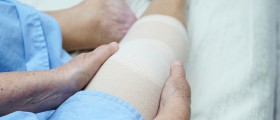

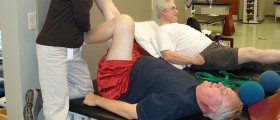

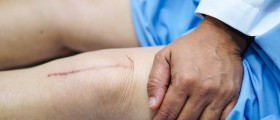


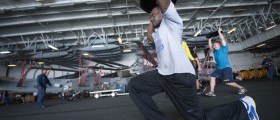
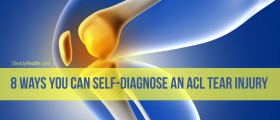



Your thoughts on this
Loading...